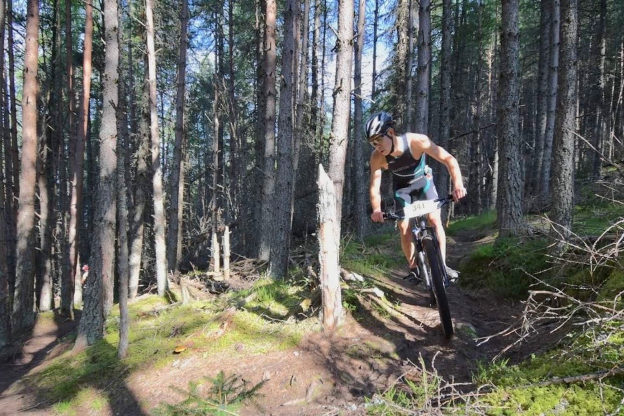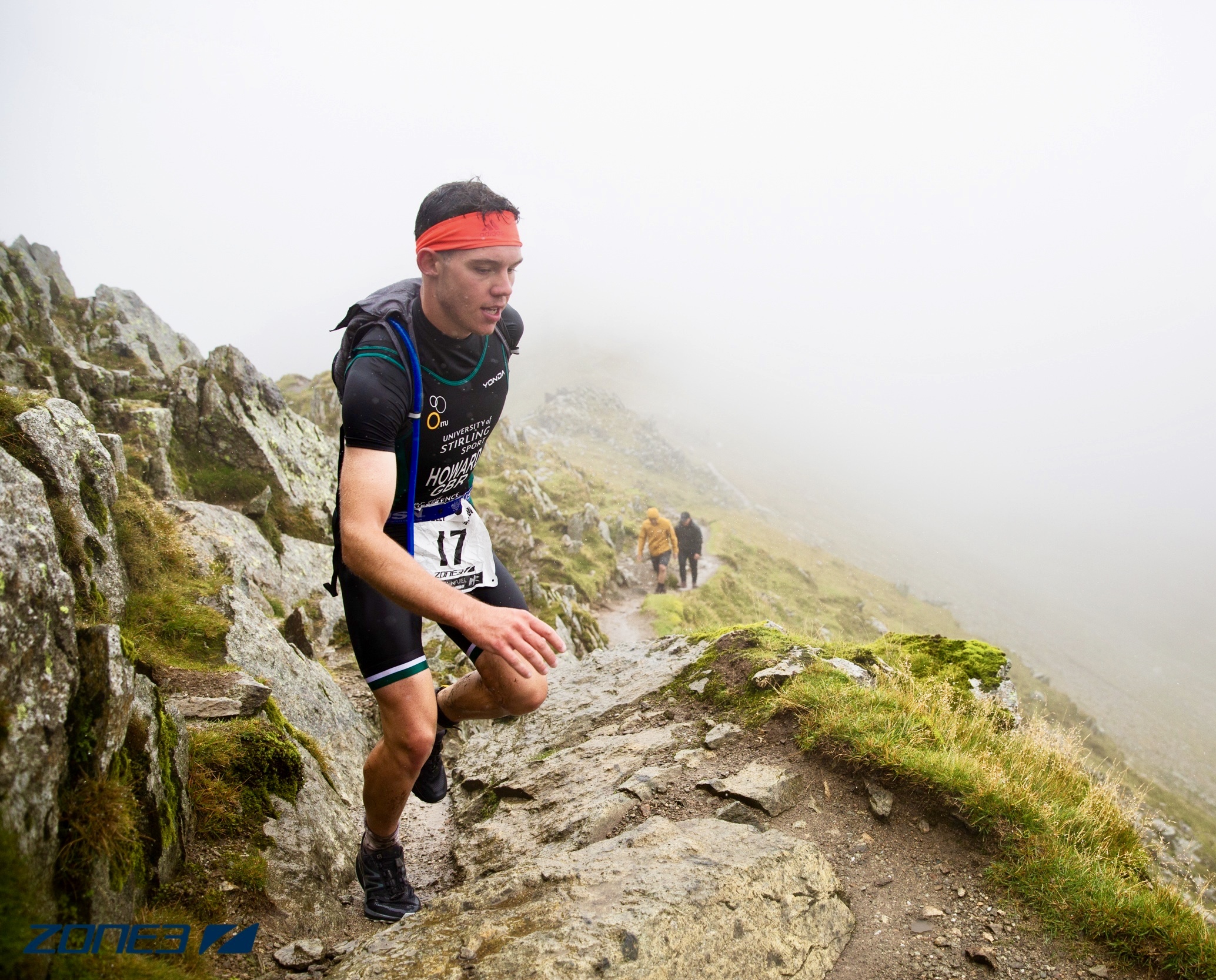Top 5 Xterra Tips
Racing off-road can be a great new and rewarding experience. However, it is also in many ways different from ITU or Ironman style racing and can be quite intimidating at first. So, here are 5 top tips that I learnt by making many mistakes and having quite a few bad races, so that hopefully you don’t have to make these mistakes.

Nutrition is key
Most XTERRA races will last anywhere between 2- 5 hours, depending on the course and athlete. Because of the intensity and duration, it means that you will almost definitely run out of fuel that is stored in your body (in the form of glycogen in your muscles and liver). It is therefore very important to top up on fuel during the race. It is a good idea to start fuelling long before you start feeling ‘empty’. Usually the first few K’s of the bike course are more mellow before hitting the technical trails, so this is a good place to start consuming calories. Usually cross triathlon bike courses require a bit more bike handling than a road triathlon, so I find it useful to put my gels in a water bottle, rather than having to open the gel while navigating challenging trails.
Train your mountain biking
Because of the nature of XTERRA courses you will spend most of the time during the race on the bike. Because of the usually quite hilly and technical terrain a lot of time can be lost, but also won, on the bike course. Of course, it is important to be fit and be able to pedal hard, but it is also important that you can comfortably navigate your bike over the trails which can save you a lot of time and precious energy. This can be trained as simple as by riding some more technical trails once a week or so, or if you’re tighter on time by just going into your backyard or driveway and practice low speed bike handling such as track standing, cornering, or wheelies.
Run specific training
One element that really separates XTERRA racing from road racing is that (most) run courses have large elevation changes. Whilst hill running uses the same muscles as road running, it uses them at different intensities and range of motions, so it feels quite different. Running up a hill tends to target the glutes, hip flexors, and lower back quite a bit more than flat running, and running downhill will target the quadriceps more. It is therefore very important to practice this. I am fortunate enough to live in Scotland where there are plenty of hills, so I tend to run off-road with elevation at least once a week throughout the year, and more often as I get closer to a race/event. But if you don’t have this luxury, a treadmill or simply a good set of stairs are also a great way to incorporate some of the muscle adaptions you would get from a hill run.
Stay focused!
Unfortunately, it is a scenario familiar to many: you’ve been swimming in the pack the entire swim only to lose touch in the last few hundred meters, or you’ve just overtaken someone on the bike only to make a silly mistake and crash. This is because of losing focus. Staying focused is incredibly important- especially in XTERRA racing with more technical bike and run courses. Try and stay focused to avoid making silly mistakes and losing your rhythm, time, or energy! Doing this largely links back to your nutrition as having a bit more energy will help your focus and thinking. Something that can also help your focus is having certain cues that keep you present. This can be for example when exiting a corner doing 10 pedal strokes out of the saddle, or trying to pedal at a certain cadence up a hill. Practicing these cues in training will help you keep your focus in racing.
Keep fighting!
Off-road racing is incredibly unpredictable. Flat tires, mechanicals, crashes, and blowing up, only to name a few, aren’t uncommon in off-road races. It is therefore 100% worth it to keep fighting to the finish line as you never know what can still happen. It may very well be the case that you start the run in a certain position and then because of other competitors taking a bit of a tumble or taking a wrong turn, before you know it you’ve moved up a handful of places. This dynamic racing is really what makes XTERRA racing so exciting!
I hope these tips are useful and will help you tackle your next off-road goal!
Article written by Elite Xterra Dutch Triathlete Colin Fleming.

Check out his social media by clicking the links below:





